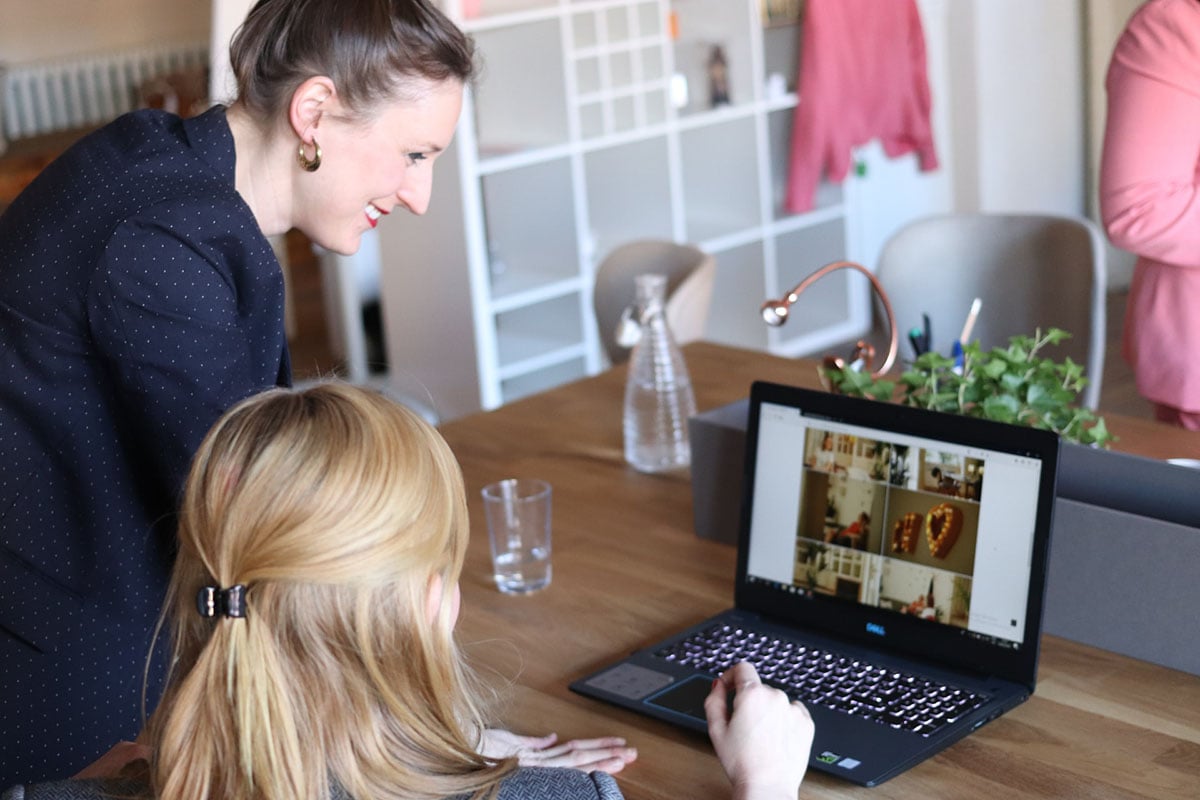10 Effective Ways To Improve Communication In Schools

10 Effective Ways to Improve Communication in Schools
The success of any educational institution relies on good relationships between stakeholders. When each stakeholder group in a school has vastly different perspectives, and all of them bring high expectations for the institution, strong leadership necessarily must involve strong communication.
Fortunately, communication is a skill anyone can learn to improve. If you want to reduce friction and increase the chances of coming to productive solutions with stakeholders at your school, take a look at this list of ten key points to build established relationships with stakeholders and make communication straightforward and effective.
Ten Areas to Focus on for Better Communication in Schools
1. Trust
The cornerstone of productive communication is trust and this can only be established with an honest commitment to transparency – something which we will go into in further detail next.Trust is earned over time, and cannot be gathered with one-off grand gestures if they aren’t backed up by real, valuable demonstrations of listening to and considering people. It’s a gradual process; a response to consistent, reliable respect.
When staff, students, and parents feel respected, it’s much easier to engage them in difficult conversations that follow good-faith arguments and concerns. To build trust,
2. Transparency
A major key to respectfully building this trust is being transparent. Transparency is absolutely necessary for effective communication in schools.Stakeholders have all experienced a lack of transparency in previous roles and will respond much more positively to the open intent of decision-makers.
Transparency builds trust and strengthens relationships between stakeholders within any complex system like a school environment and it’s as simple as showing your workings
3. Find Common Ground
The key to effective communication in the decision-making process is aligning stakeholders’ intentions and needs with the direction of the school. This requires everyone to find the areas in which they share something in common.
Finding common ground is a strategy for all types of productive communication in and out of schools. If you can find something that the two people have in common, it provides a shared goal to work towards and bridges the gaps between differences that arise.
Finding something about your conversation partner that you can connect with will also help them feel comfortable with you and lead to deeper conversations, and a mutually-beneficial solution.
4. Aim for a Mutually-Beneficial Resolution
Finding the common ground is one part of successful communication, but working towards a solution that fits all parties is the ultimate goal. Entering into meetings with this philosophy, and doing your best to ensure every party has the same intention, will keep energy levels calm and ultimately lead to a more productive set of discussions.5. Use Active Listening
Active listening involves paying attention to what's being said, asking questions when appropriate, paraphrasing back what you heard, acknowledging the other party's feelings, reflecting on what was said in order to fully understand it and responding by repeating back what you thought you heard without judgment or interruption.This way of communicating not only helps build relationships but also improves retention of information as well as reduces misunderstandings between two people who may have different life experiences and perspectives.
The effectiveness of active listening cannot be understated. It serves to reinforce the value of the person stating the concern, but it also forces the listener to truly get to the crux of their issue. As a result, it smoothes communication and reduces misunderstandings.
6. Understand your Audience
Productive communication is next-to-impossible without an understanding of your audience and their needs. This can be challenging because a school can have a diverse range of stakeholders with equally diverse personal interests.As a result, the stakeholders will have differing ideas about what is most important or which problems need to be addressed first. Effective communication with the students, faculty, and parents starts by understanding their goals, needs, and motivations.
One way to achieve this – before the need arises for discussing hard topics – is to bring people together in less formal settings.
7. Build Relationships
The foundation of a good school communication system is the relationships you have with your stakeholders.
Building and maintaining these relationships using the aforementioned skills and interacting outside of the necessary channels will pay dividends in the long run, when the time comes for difficult conversations.
Auxiliary programs can be run to allow students to interact with their peers, faculty to interact with their students, and parents to meet faculty. Bringing people together in a pressure-free zone allows bonds to form and for everyone to discuss their perspectives and the stake they have.
Tools like Curacubby’s Moments app help to take the hassle out of the necessary arrangements and streamline the entire process so that everyone involved is relaxed and able to make the most out of the experience.
8. Leave the Ego Behind
One of the most common barriers to effective communication is ego. Many people want to state their opinion first and foremost, and they are not willing to listen or be flexible with others. This comes from a drive to be right, and a fear of seeming weak when backing down.If you want to improve your communication skills, you need to learn how to leave your ego behind. When you do this, you’re able to recognize areas where your argument doesn’t work and adjust accordingly.
This skill commands respect from your peers and helps to influence them to be lenient with their positions too.
9. Become Self-Aware
This one ties neatly into reducing ego too. The self-aware leader sees the difference between his or her own expectations and reality and distinguishes between the person he or she is and the person who needs to lead.
When leaders understand their strengths and weaknesses, they can deploy themselves effectively and this also contributes to the ability to relax the ego in a conversation.
A leader should not be afraid of critical feedback from his team members because they are an important source of information and their perspectives are important.
Acknowledging one's weaknesses may be difficult, but it lays the groundwork for improving communication with a team or group.
10. Understand Your Role as a Leader
Finally, it’s important to understand that communication is a leadership responsibility. As a leader, you are responsible for maintaining an open line of communication between all stakeholders in the school.
The leadership team should communicate openly with the faculty members about changes in school practices or policies. Leaders should also meet with parents to understand their concerns and offer them opportunities to voice their opinions.
Taking this responsibility means ensuring all the above-listed areas of practice are executed on an ongoing basis. Again, these trials are made simpler by using intelligent school communication systems like communications apps. Keeping track of relationships this vast and complex is not something that’s easy to do without help!
Conclusion
The principles of communication are almost universal, but in schools, they are particularly pertinent. In order to personally reach the range of stakeholders, leaders need to know how to foster strong bonds with trust, transparency, and understanding of key needs.
Forming these bonds may take extra work, but it’s an investment in peace and productivity when the difficult conversations flow smoothly and everyone involved works in good faith to come to a mutually-beneficial arrangement. Finally, leaders who show up are vastly more effective than those who don’t.
With these ten principles of communication well understood, any leader should be well-equipped to deal with hard talks.









